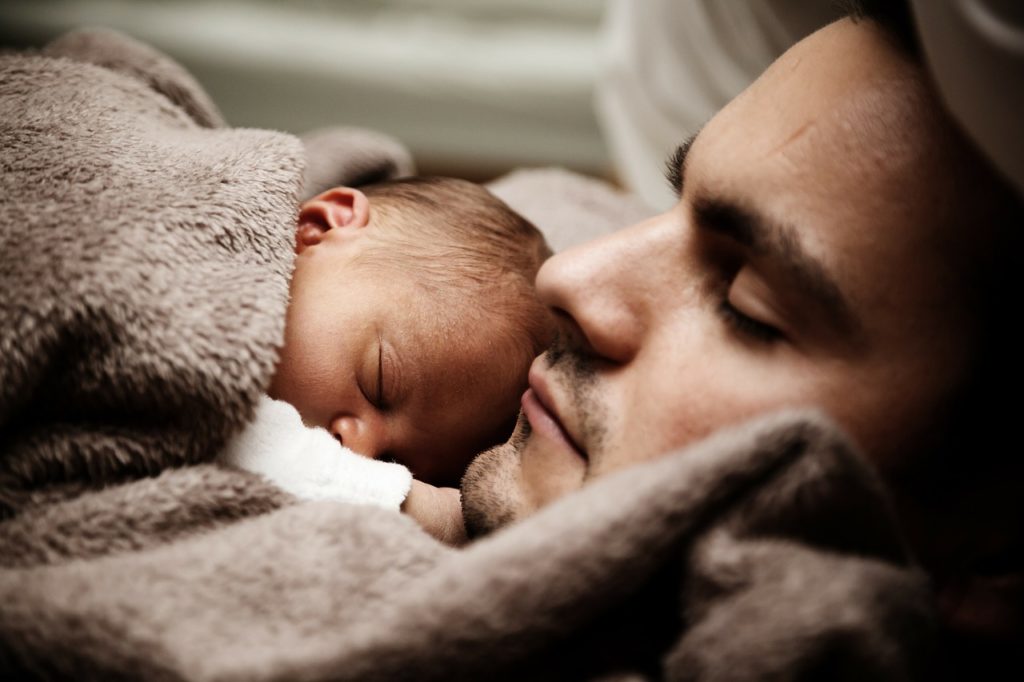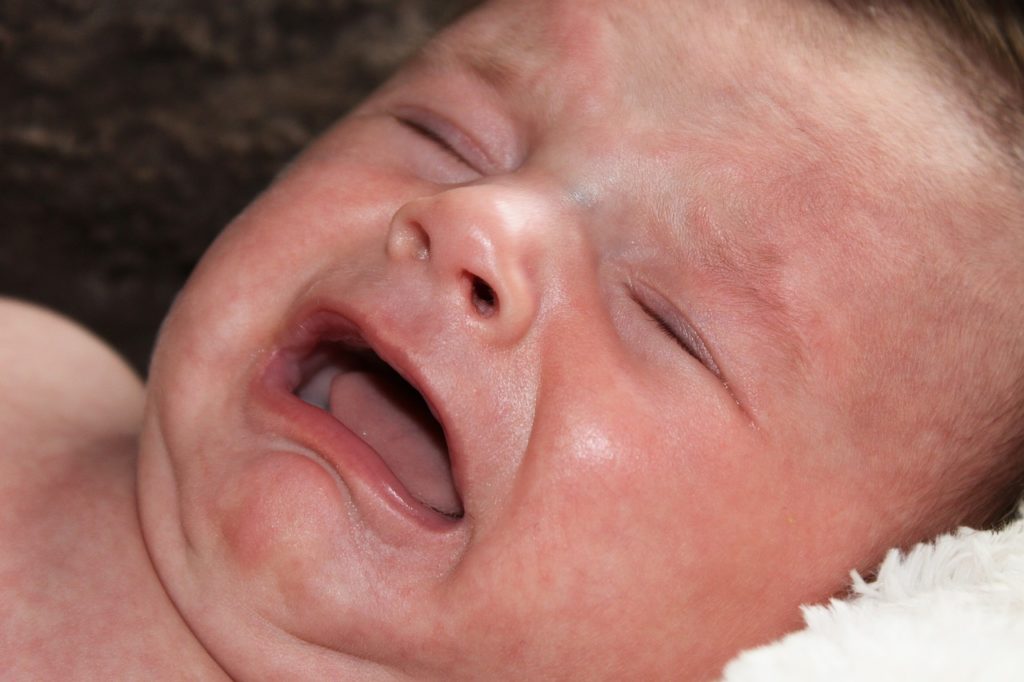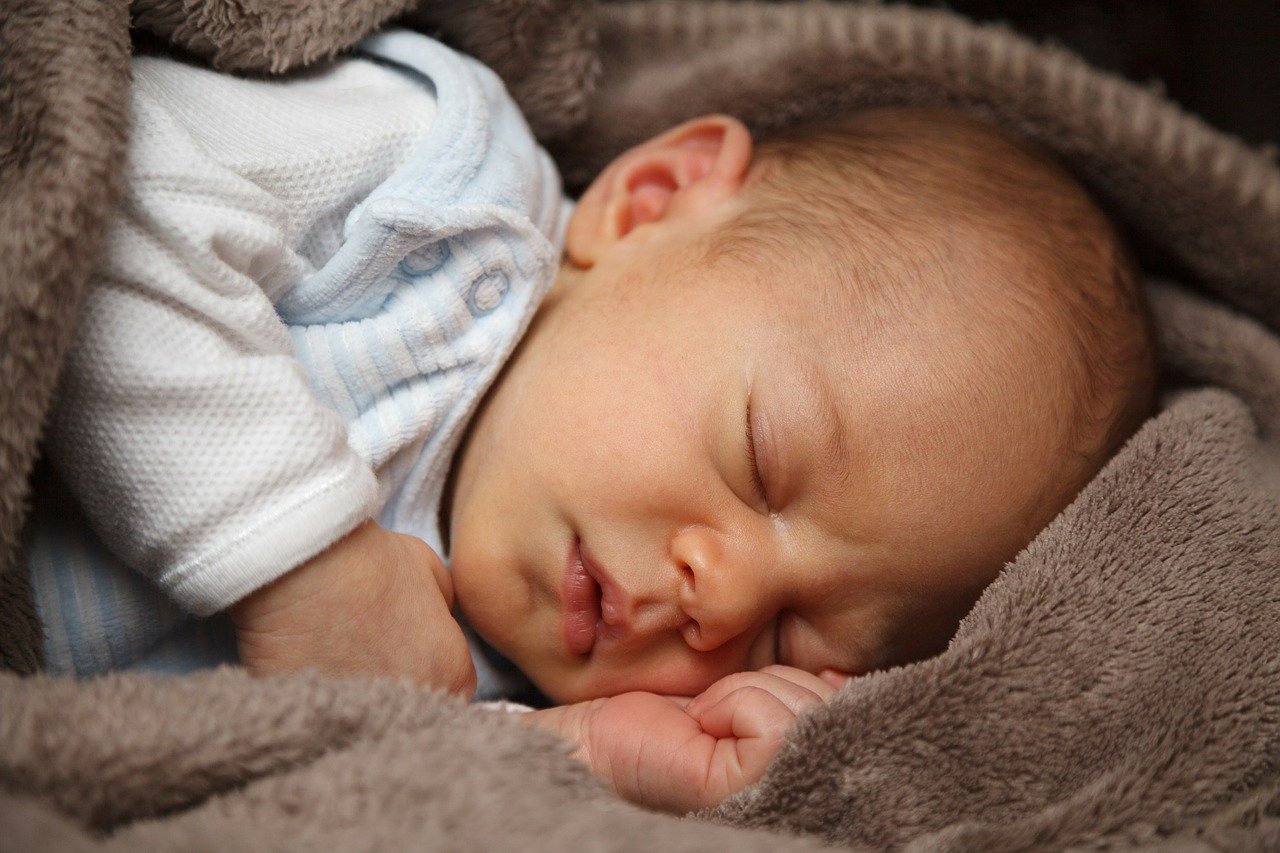Head lice are parasites that suck on the blood of their hosts to survive. Adults are not just the ones at risk of getting these pests. In fact, babies are also particularly vulnerable to head lice, and as babies, they wouldn’t be able to do anything about the infestation.
As the adult, you can protect babies from these pests and the harm they can do. Here are the causes, signs, and treatments for head lice in babies.
Causes of head lice in babies
It is a myth that head lice can fly or jump. These pests can only crawl. And as crawlers, they are most likely to infect people through close contact. Babies can get head lice by being in contact or close proximity with someone who already has the pests.
- Cuddling or hugging someone with head lice. Babies are cute, innocent, and vulnerable. As such, people are naturally inclined to cuddle with them or hug them. These people may have good intentions, but they are actually putting the babies at risk of head lice. Having direct contact with babies is a surefire way to get the babies to contract the pests.
- Head-to-head contact during play or sleep. Head-to-head contact is one of the most common causes of a head lice infestation, no matter the age of the person. You can warn adults and children to avoid head-to-head contact with others, but it’s not that simple for babies. People usually play with babies and sleep with them on the same bed, putting babies at risk of the parasites.
- Using personal items of someone with head lice. Head lice can only survive for a few days without a host. That’s why when they do have a host, they cling to the person as tightly as they can. But it’s not unheard of to see head lice in brushes, combs, towels, and other personal items of a person with head lice. Babies can get the head lice once someone uses these items on them.
No, poor hygiene is not a cause of head lice in babies, so giving them more baths than usual doesn’t really protect them. The ultimate cause of head lice in babies is being near someone who already has the pests.

Signs of head lice in babies
Babies cannot communicate properly. As the adult, it’s your duty to be mindful of the signs of a head lice infestation. Fortunately, these signs are quite obvious.
- Live head lice. The clear-cut sign that babies have a head lice infestation is seeing live head lice in their head. They are small wingless insects that are only about 1 to 3 mm small, making them quite a challenge to spot immediately.
- Small white or brown-black eggs in hair. Lice eggs are called nits. Nits can be classified into two – white nits and brown-black nits. White nits are eggs that have already hatched while the brown-black nits are those that are yet to hatch. Seeing brown-black nits in babies is a sure sign of an infestation. Seeing white nits can also be a sign of an active infestation, but since these are already hatched eggs, it can also be a sign of an old infestation that has already been eradicated.
- Complaints that there is something crawling on their head. More mature babies can already communicate with others. If the babies are complaining that they can feel something tickling their head, be wary. They may be feeling the head lice crawling on their head. To spot head lice easily, it’s best to use a strong light or a magnifying glass.
- Difficulty in sleeping and irritability. There are a lot of reasons why babies can experience difficulty in sleeping and irritability. They may be exposed to too much light, hungry, or just generally uncomfortable. This makes difficulty in sleeping and irritability an unreliable sign of head lice. But if it is partnered with the other signs on this list, it’s time to be cautious.
- Sores on the scalp. Head lice don’t transmit diseases, but this doesn’t mean you can be complacent. Head lice can still be a threat to babies, particularly because of sores. These pests can be very itchy, and this can make their unfortunate host scratch their head. Excessive scratching can lead to broken skin or sores. And worse, these sores can become infected.
As you see one or more of these signs, consider getting treatment immediately.

Treatments for head lice in babies
Treating head lice in babies can be very challenging. You can’t just use conventional methods because babies have sensitive skin and treatments may have harmful ingredients. But fortunately, there are effective and safe methods available.
- Consult a doctor. The best way to get rid of head lice is to consult a doctor. Head lice are starting to gain immunity from certain treatments. They are also unaffected by some ingredients that are said to kill them. For example, it has been said that salt can help get rid of head lice, but in reality, salt is ineffective against these pests. By consulting a doctor, you are sure you are using the most up-to-date and effective treatments.
- Be careful of over-the-counter medication. Over-the-counter treatments such as shampoos and lotions can be effective. But take note that many of these treatments are only suitable for children older than 2 years old. And you should also read the instructions and labels carefully, to ensure you are using the products correctly and safely.
- Use a lice comb. Over-the-counter medication is great, but they have potentially harmful ingredients. If you prefer completely natural methods, the use of a lice comb is your best option. Divide the hair into sections and brush using the lice comb. Repeat every few days. This can be a meticulous and time-consuming process, but it works.
It’s nice to get rid of head lice in babies, but your efforts will be worthless if someone else in the house still has head lice. That person can just transfer head lice to the babies again and you have to deal with the same problem again. Check everyone who lives with the babies for head lice and treat the infestation appropriately.

